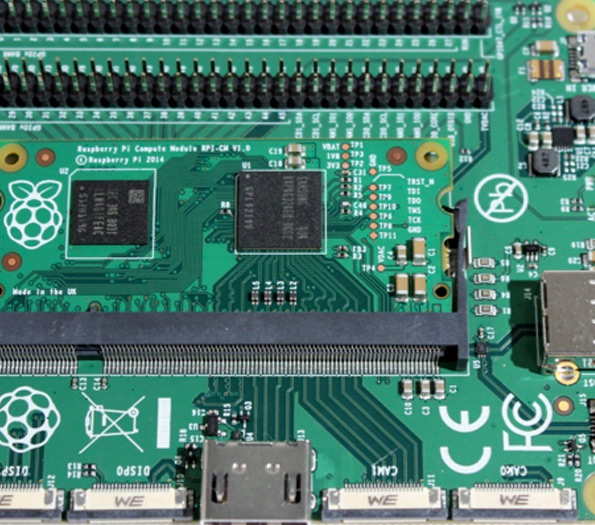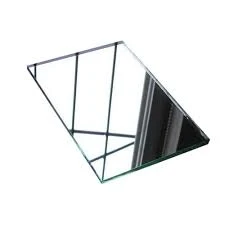Navigating the intricacies of home improvement or commercial design involves making informed choices, especially regarding materials like 5mm reflective glass. As a specialized product gaining traction across different domains, reflective glass carries both aesthetic and functional advantages. Understanding the costs associated with it requires a comprehensive look at factors that influence pricing and its associated benefits.

Reflective glass typically consists of a thin layer of metal oxide coated onto one surface of a float glass, designed to reduce glare while lending a mirror-like appearance. This feature is sought after for various applications, including modern architecture, automotive projects, and interior designs. However, the pricing of 5mm reflective glass isn't merely a function of cost per square meter but involves multiple considerations.
Manufacture and Supply Chain Influence
The manufacturing process significantly affects 5mm reflective glass pricing. The cost of raw materials, which includes silica, soda ash, and limestone, can fluctuate based on global supply chains. Additionally, the complexities involved in applying a uniform metal oxide layer impact production costs. The more advanced the technology used, such as magnetron sputtering, the more expensive the end product. Furthermore, transportation logistics from the factory to the distribution hubs add to the cost, emphasizing the importance of a streamlined supply chain.

Geographical factors also influence availability and price. Proximity to raw material sources or production facilities often results in reduced transportation costs and cheaper rates for consumers. Conversely, countries with stringent environmental regulations may experience higher production costs, as manufacturers invest in sustainable processes.
Market Demand and Application
The demand for reflective glass in construction and interior design markets significantly impacts pricing. High demand periods, often coinciding with urban development booms, lead to increased prices. Additionally, the growing trend of green buildings, which utilize reflective glass for better energy efficiency, contributes to this demand.
In the realm of architecture, 5mm reflective glass is valued not only for its energy efficiency—reflecting solar radiation and minimizing heat ingress—but also for its ability to enhance aesthetic appeal. Buildings with large glass facades benefit from a contemporary look paired with functional daylighting aspects. This dual benefit makes it a competitive option, albeit at a premium rate, especially for commercial properties looking to project a modern image while maintaining operational efficiency.
5mm reflective glass price
Customization, Standards, and Certification
Another layer of pricing complexity stems from customization options available for 5mm reflective glass. Customers may choose from various tints or coatings tailored to specific solar control needs, each influencing the overall price. Custom etching, color options, and finishes that suit unique architectural needs tend to elevate costs due to bespoke production requirements.
Moreover, adherence to industry standards and certifications, such as those relating to safety and energy efficiency, impacts pricing. Certifications assure clients of the quality and performance, especially critical in regions with strict regulatory compliance, driving the adoption of certified and often more costly glass options.
Assessing Value Over Cost
While initial price comparison is standard, it's essential to consider the long-term value 5mm reflective glass provides. Energy savings from reduced artificial lighting needs and improved thermal comfort contribute to long-term cost reductions. These benefits often outweigh the higher upfront costs.
Furthermore, reflective glass contributes to reduced air-conditioning loads, offering a return on investment through energy savings. It's a financially savvy choice for consumers focused on sustainable building practices or for those retrofitting older buildings to align with modern energy standards.
Selecting a reputable supplier further ensures trustworthiness and product reliability. Engaging with companies known for their expertise in reflective glass can provide counsel on best practices and tailored solutions that align with your project's financial and design goals.
In summary, understanding the cost of 5mm reflective glass involves more than a simple financial analysis; it encompasses production intricacies, market demands, customization possibilities, and long-term value considerations. Engaging with industry experts and certified suppliers ensures that consumers not only make the right investment but one that aligns aesthetically and functionally with project goals.



